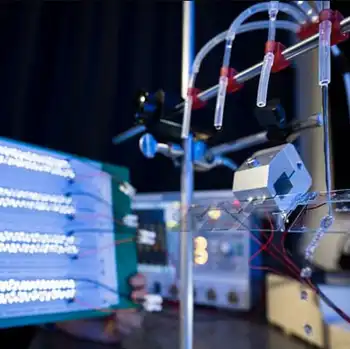U.S. solar capacity surges on incentives
- Installed solar capacity in the United States jumped 37 percent in 2009 as state and federal incentive programs helped prop up demand during a downturn, solar advocates said in a report.
It was the fourth straight year of record growth for the U.S. solar industry, which most analysts say will emerge as a global leader in the next few years as traditional European powerhouses scale back on their solar incentive programs.
U.S. growth was also encouraged by the falling price of solar modules, which dropped some 40 percent last year, the Solar Energy Industries Association said in a report.
Despite the Great Recession of 2009, the U.S. solar industry had a winning year and posted strong growth numbers, said Rhone Resch, president and chief executive at SEIA.
Consumers took notice that now is the best time to go solar, he added.
Government subsidies, cash grants and tax credits boosted activity in the sector, pushing total industry revenue to $4 billion — a 36 percent increase over 2008, SEIA said.
New U.S. solar electric capacity hit 481 megawatts last year, up from 351 MW in 2008. The group said one megawatt is enough to power some 200 U.S. homes.
Solar water heating installation rose 10 percent on the year, while the solar pool heating market dropped 10 percent, in line with the slowdown in the construction market.
Several public solar companies play in the U.S. solar market, including First Solar, SunPower and Suntech.
They, like others in the sector, are competing to win business from U.S. electric utilities because the size of those projects tends to be much larger than projects to install panels on rooftops.
The sector is also expected to expand sharply in the next few years, as dozens of states have set goals or mandates requiring utilities to get a certain part of their energy from renewable sources like solar and wind.
California led the United States in new solar capacity last year, followed by New Jersey, Florida and Arizona.
In 2009, six utilityscale power projects came on line, between photovoltaic and concentrating solar power plants, SEIA said. Still, solar accounts for less than 1 percent of the U.S. energy mix.
Looking ahead, SEIA said it was optimistic and sees 17 gigawatts of solar power in the U.S. utilityscale pipeline, enough to power some 3.4 million homes.
Now were talking gigawatts of solar, not megawatts, said Resch.
Related News

Europe's Worst Energy Nightmare Is Becoming Reality
PARIS - As Russian gas cutoffs upend European energy security, the continent is struggling to cope with what experts say is one of its worst-ever energy crises—and it could still get much worse.
For months, European leaders have been haunted by the prospect of losing Russia’s natural gas supply, which accounts for some 40 percent of European imports and has been a crucial energy lifeline for the continent. That nightmare is now becoming a painful reality as Moscow slashes its flows in retaliation for Europe’s support for Ukraine, dramatically increasing energy prices and forcing many countries to resort to emergency plans,…




